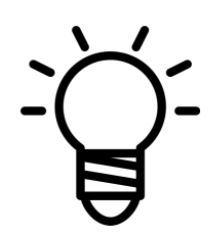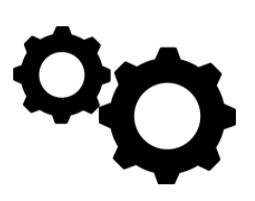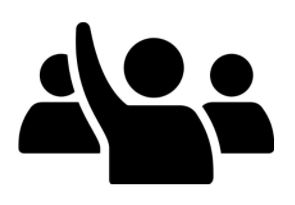|
We are working on developing the following areas:
Applied Design
Understanding context
- Empathize with potential users to find issues and uncover needs and potential design opportunities
Defining
- Choose a design opportunity
- Identify key features or potential users and their requirements
- Identify criteria for success and any constraints
Ideating
- Generate potential ideas and add to others’ ideas
- Screen ideas against criteria and constraints
- Evaluate personal, social, and environmental impacts and ethical considerations
- Choose an idea to pursue
Prototyping
- Identify and use sources of information
- Develop a plan that identifies key stages and resources
- Explore and test a variety of materials for effective use
- Construct a first version of the product or a prototype, as appropriate, making changes to tools, materials, and procedures as needed
- Record iterations of prototyping
Testing
- Test the first version of the product or the prototype
- Gather peer and/or user and/or expert feedback and inspiration
- Make changes, troubleshoot, and test again
Making
- Identify and use appropriate tools, technologies, and materials for production
- Make a plan for production that includes key stages, and carry it out, making changes as needed
- Use materials in ways that minimize waste
Sharing
- Decide on how and with whom to share their product
- Demonstrate their product and describe their process, using appropriate terminology and providing reasons for their selected solution and modifications
- Evaluate their product against their criteria and explain how it contributes to the individual, family, community, and/or environment
- Reflect on their design thinking and processes, and evaluate their ability to work effectively both as individuals and collaboratively in a group, including their ability to share and maintain an efficient co-operative work space
- Identify new design issues
Applied Skills
Demonstrate an awareness of precautionary and emergency safety procedures in both physical and digital environments
Identify and evaluate the skills and skill levels needed, individually or as a group, in relation to a specific task, and develop them as needed
Applied Technologies
Select, and as needed learn about, appropriate tools and technologies to extend their capability to complete a task
Identify the personal, social, and environmental impacts, including unintended negative consequences, of the choices they make about technology use
Identify how the land, natural resources, and culture influence the development and use of tools and technologies |
We will be investigating the following modules this year:
Computational Thinking
- visual representations of problems and data
- visual programming
Computers and Communications Devices
- computer system architecture, including hardware and software, network infrastructure (local), intranet/Internet, and personal communication devices
- strategies for identifying and troubleshooting simple hardware and software problems
- function of input and output devices, including 3D printing and adaptive technologies for those with special needs
- ergonomics in use of computers and computing devices
- effective and efficient keyboarding techniques
Digital Literacy
- Internet safety
- digital self-image, citizenship, relationships, and communication
- legal and ethical considerations, including creative credit and copyright, and cyberbullying
- methods for personal media management
- search techniques, how search results are selected and ranked, and criteria for evaluating search results
- strategies to identify personal learning networks
Entrepreneurship and Marketing
- role of entrepreneurship in designing and making products and services
- market niche
- branding of products, services, institutions, or places
- pricing product/service, including decision to seek profit or break even
- role of basic financial record-keeping and budgeting
Media Arts
- digital and non-digital media, and their distinguishing characteristics and uses
- techniques for using images, sounds, and text to communicate information, settings, ideas, and story structure
- media technologies and techniques to capture, edit, and manipulate images, sounds, and text for specific purposes
- influences of digital media for the purpose of communication and self-expression
Robotics
- a robot is a machine capable of carrying out a complex series of actions automatically
- uses of robotics
- main components of robots: sensors, control systems, and effectors
- various ways that objects can move
- programming and logic for robotics components
- various platforms for robotics
Textiles
- range of uses of textiles
- variety of textile materials
- hand construction techniques for producing and/or repairing textile items
|


